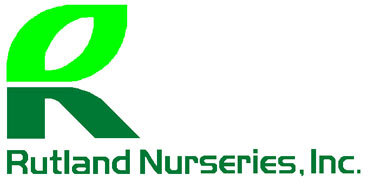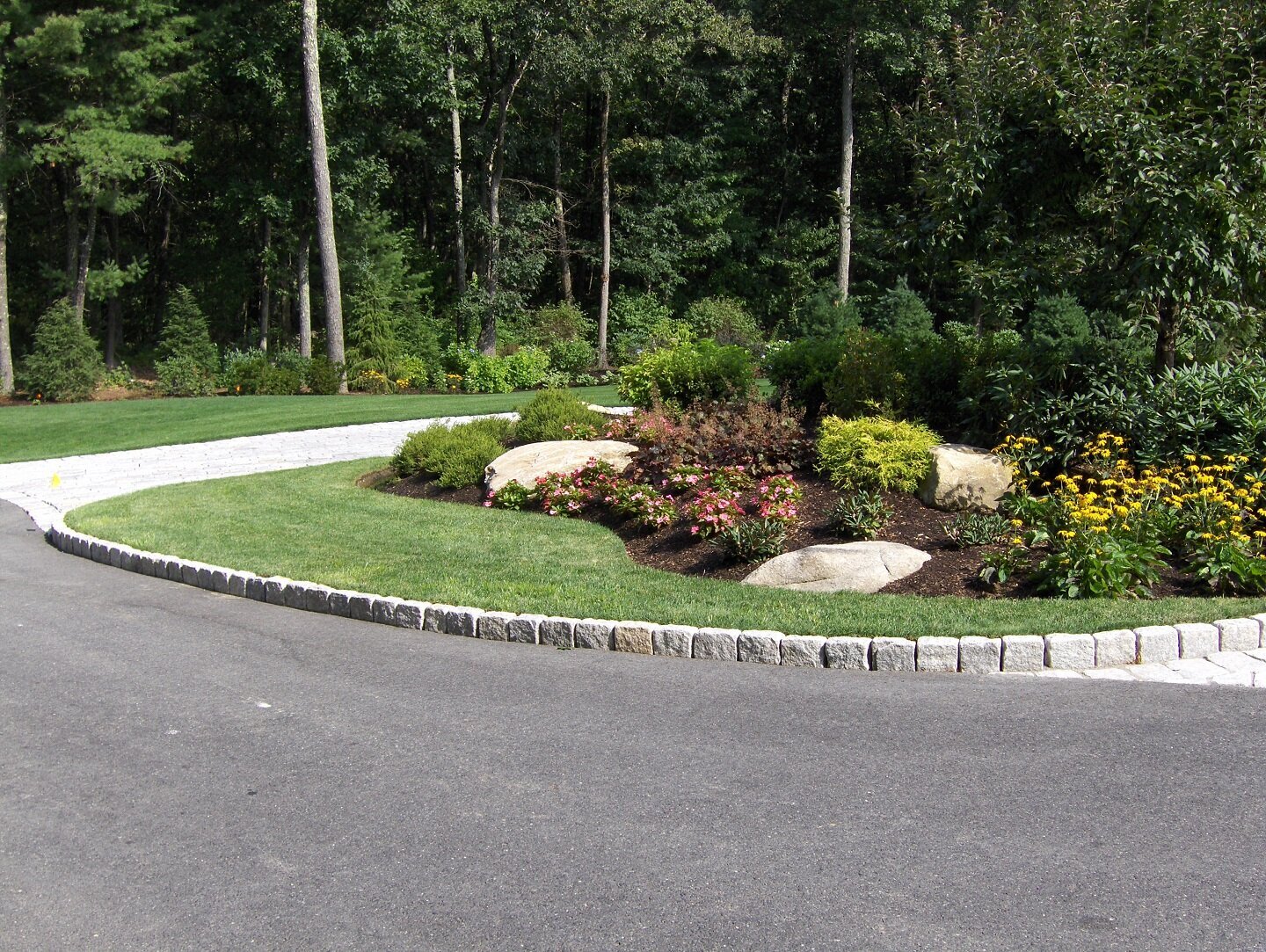Prepare Your Lawn for Winter
With cold weather on its way in New England, it is important to get your lawn ready for winter. It is essential to prepare your lawn for winter weather if you want a healthy lawn in the spring. Without taking the necessary steps to protect your lawn this winter it may sustain serious damage.
The most important step to prepare your lawn for the New England winter is making sure that it is free of clutter. As much of a chore as it may be, raking the leaves and properly disposing of them will help your lawn stay healthy during the winter as much as anything you can do for it. Also, remove rocks, twigs and branches, as well as other debris.
While it may seem odd given the season, winter is one of the most crucial times to look out for weeds in your lawn. One clever way to deal with weeds during the winter is to add rye grass to your lawn. Not only will rye help prevent weed growth during the winter, it will also keep your lawn looking full when it otherwise would not. In the spring the rye will die off and your lawn will have a weed free head start in the spring.
Since your lawn will continue to grow throughout the winter, it is important that it continues to get water. Watering your lawn during dry periods during the winter can be just as important as it is during any other season. Just because your lawn is not growing quickly during the cold does not mean that it is entirely dormant.
You want to enjoy your lawn in the spring, not have to nurse it back to health. Spend a little time to get your lawn ready for winter and come spring, once when the snow starts to melt and you are looking forward to spending time outside, you will have a beautiful green lawn waiting for you.
About the Author
Our custom design styles and planting options can reinvigorate your home’s entrance or revitalize your backyard. Whether you’re looking to add an outdoor kitchen or need the personal touch of estate ground maintenance, we stand behind our high level of service and expert workmanship.

